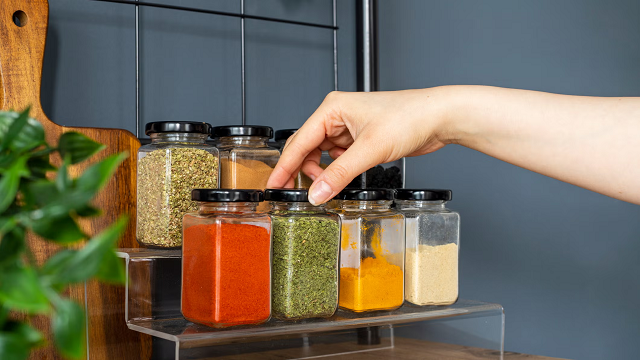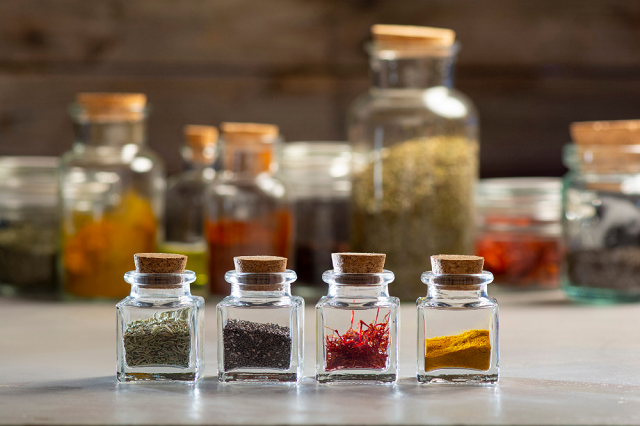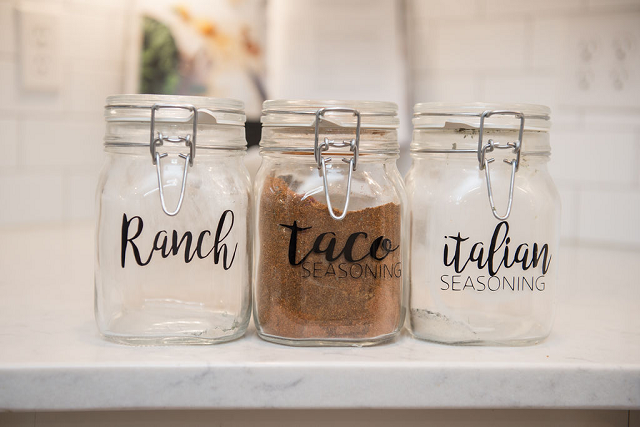How to Choose Packaging for Your Spices and Seasonings
Post time: Aug-28-2024

Material Selection
Spices are sold in various packages, ranging from rigid options like glass and plastic jars to flexible pouches. Choosing the right type of packaging involves considering several factors. For an in-depth comparison of jars and pouches, you can refer to our article on rigid vs. flexible packaging. Here are some key considerations for your packaging decision:
Jars vs. Pouches: Jars are a standard container option commonly found on retail spice shelves. They offer familiar consumer options, including various cap types like plastic or metal, with or without shakers and sifters. Pouches are becoming more popular and come in a range of sizes from small samples to large stand-up pouches, with various materials and closure options like zippers or pour spouts.
Label Design and Visibility: The design of your label will influence the visibility of your product. For example, a clear label on a glass jar allows consumers to see the product more easily compared to a fully printed pouch. However, if you need to protect your spices from UV light to prevent color degradation, you might choose an opaque option like an amber jar, a large paper label, or a fully printed pouch.
Environmental Considerations: When considering the environmental impact, a rigid glass bottle with a metal cap is an excellent choice to avoid plastic. PET plastic jars are recyclable and can be made with post-consumer recycled material. Be aware of the carbon footprint, as some glass containers are produced in Asia, which may have a higher carbon footprint compared to those made in the USA.
Distribution Model: Your distribution model will also influence your packaging choice. Glass Spice Jar give a premium look on retail shelves, but if you fulfill orders primarily through e-commerce, PET containers might be preferable to avoid breakage during transit.
Size Considerations

In discussing container sizes, volume is more commonly referenced than net weight because different spices have varying weights in the same container. For instance, parsley weighs much less than salt in an identical container. Therefore, when referencing an “8-oz PET jar,” it indicates an 8-ounce volume, equivalent to 1 cup.
Product Usage: The intended use of your product will determine the container size. For topical seasonings like Lemon Pepper, a larger size may be needed, while smaller containers are suitable for ingredients like cloves used in small quantities. If the consumer uses the entire container for one meal, finding an appropriately sized jar or pouch is beneficial. For restaurant sales, larger containers like 32-oz or 160-oz might be necessary to meet customer expectations.
Cost
Cost is a vital factor in packaging decisions. The primary cost contributors are the quantity produced or purchased and the degree of customization.
Reducing Costs: One way to reduce costs is to choose readily available stock materials from your spice packer’s inventory. Unless you purchase in large quantities, using stock inventory will benefit from the packer’s purchasing power and allow for automated production with minimal investment in equipment.
Retail Pricing: The size of your container impacts the net weight of the contents and the retail price. Consider the current pricing of similar products in the market to guide your brand positioning. Your business strategy should consider the competitive landscape to determine the best price point for your products.

In conclusion, selecting the right packaging for your spices and seasonings involves balancing various considerations, including material choice, size, operational complexity, and cost. The decision between jars and pouches will depend on factors like consumer familiarity, visibility, environmental impact, and distribution methods. Container size should be aligned with the intended use of the product and customer expectations. Operational complexities, such as supply chain and production automation, are essential for scaling your business efficiently. Lastly, cost considerations, including the choice between stock materials and custom options, will influence your overall pricing.
